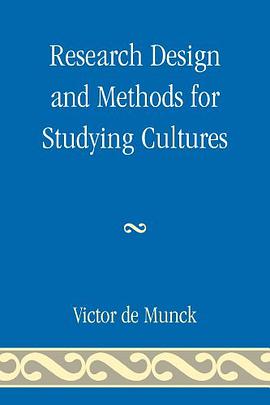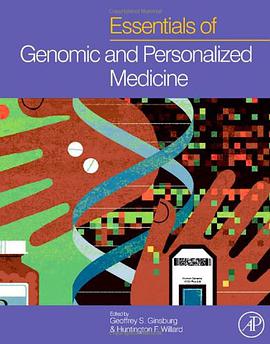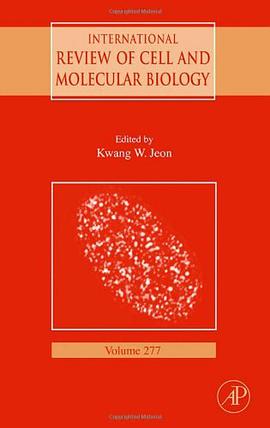

Most famous as a literary artist, Vladimir Nabokov was also a professional biologist and a lifelong student of science. By exploring the refractions of physics, psychology, and biology within his art and thought, "The Quill and the Scalpel: Nabokov's Art and the Worlds of Science, by Stephen H. Blackwell, demonstrates how aesthetic sensibilities contributed to Nabokov's scientific work, and how his scientific passions shape, inform, and permeate his fictions. " Nabokov's attention to holistic study and inductive empirical work gradually reinforced his underlying suspicion of mechanistic explanations of nature. He perceived chilling parallels between the overconfidence of scientific progress and the dogmatic certainty of the Soviet regime. His scientific work and his artistic transfigurations of science underscore the limitations of human knowledge as a defining element of life. In provocative novels like "Lolita, "" "Pale Fire, " "The Gift, " "Ada"," "" and others, Nabokov advances a surprisingly modest epistemology, urging skepticism toward all portrayals of nature, artistic "and" scientific. Simultaneously, he challenges his readers to recognize in the arts a vital branch of human discovery, one that both complements and informs traditional scientific research.
具体描述
读后感
评分
评分
评分
评分
用户评价
相关图书
本站所有内容均为互联网搜索引擎提供的公开搜索信息,本站不存储任何数据与内容,任何内容与数据均与本站无关,如有需要请联系相关搜索引擎包括但不限于百度,google,bing,sogou 等
© 2025 book.wenda123.org All Rights Reserved. 图书目录大全 版权所有




















